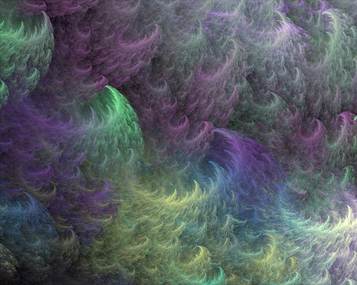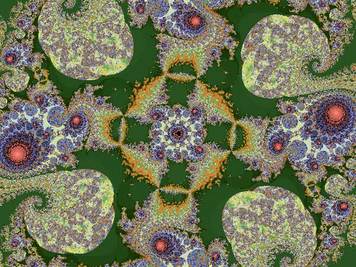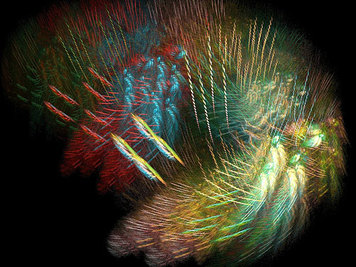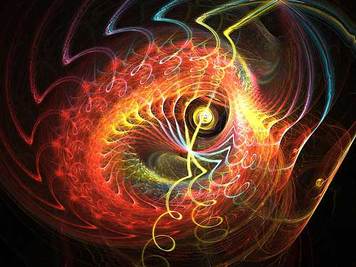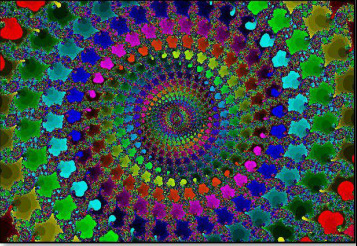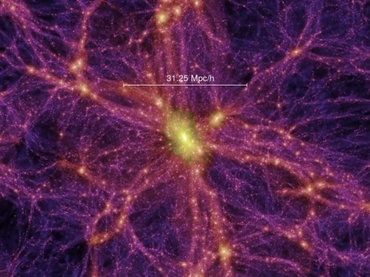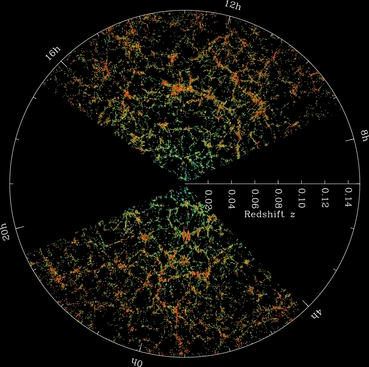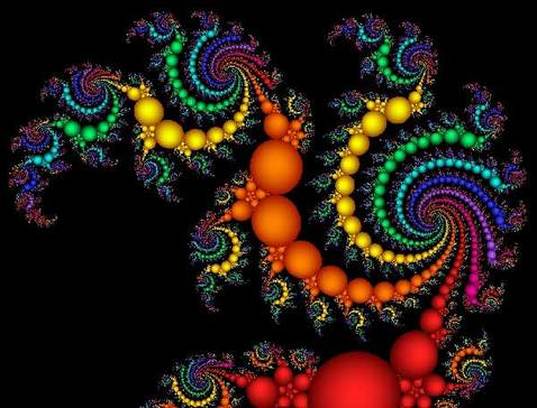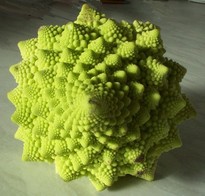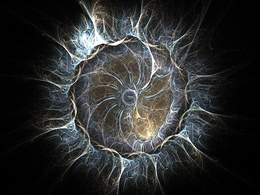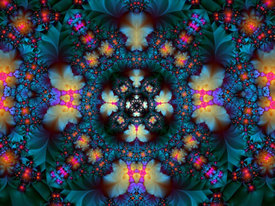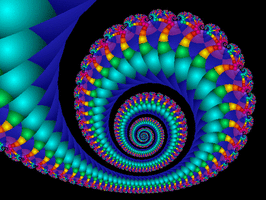Is the Universe a Fractal?
by Amanda Gefter ; Monday, October 1, 2007
by Amanda Gefter ; Monday, October 1, 2007
WRITTEN ACROSS THE SKY is a secret, a hidden blueprint detailing the original design of the universe itself. The spread of matter throughout space follows a pattern laid out at the beginning of time and scaled up to incredible proportions by nearly 14 billion years of cosmic expansion. Today that pattern is gradually being decoded by analysing maps of the distribution of the stars, and what has been uncovered could shake modern cosmology to its foundations.
Luciano Pietronero: "It's fractals, fractals all the way!"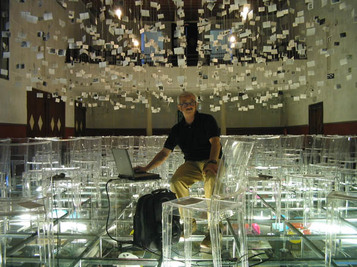
FRACTURED SPACE-TIME
French astrophysicist Laurent Nottale has developed a theory that takes fractals to a whole new level. A researcher at the Meudon Observatory in Paris, Nottale set out to extend Einstein's principle of relativity - in which the laws of physics remain the same regardless of the motion of an observer - to a theory in which the laws of physics would remain the same regardless of the scale at which the universe is being observed. He found that the underlying space-time of such a theory would have to be fractal. In Nottale's theory, called scale relativity, the underlying fractality of space-time is most noticeable in the quantum world. Quantum behaviour, he claims, can be understood geometrically - particles move along fractal trajectories. On large scales, his model could explain a fractal pattern of the galaxies. The most profound question in physics today is how to unify the really small with the really big - and when it comes to matters of scale, fractals may turn out to be a key ingredient. From - Magick River at http://magickriver.blogspot.com/2007/10/is-universe-fractal-by-amanda-gefter.html Clusters and superclusters of galaxies arranged in filaments
(Mpc/hr = megaparsecs per hour. A megaparsec is a million parsecs, and as there are about 3.3 light-years to a parsec, a megaparsec is rather a long way.) Sloan Digital Sky Survey (SDSS)
|
|
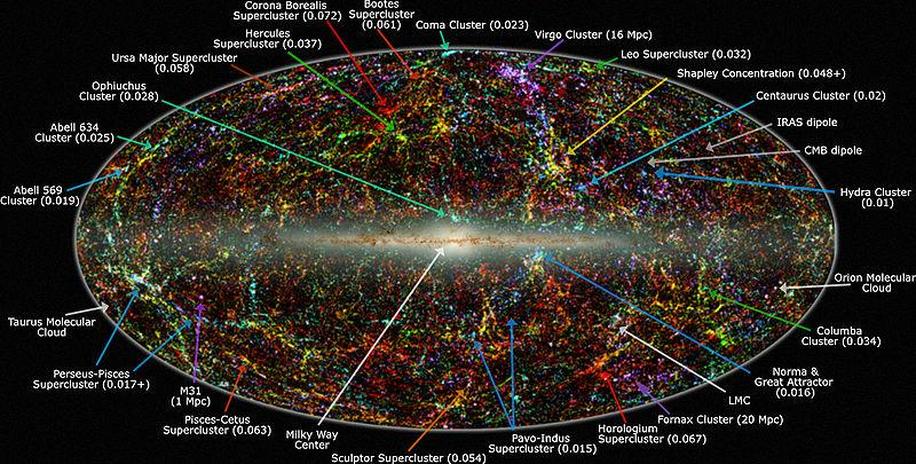
Sloan Digital Sky Survey (SDSS); 2dF Galaxy Redshift Survey
